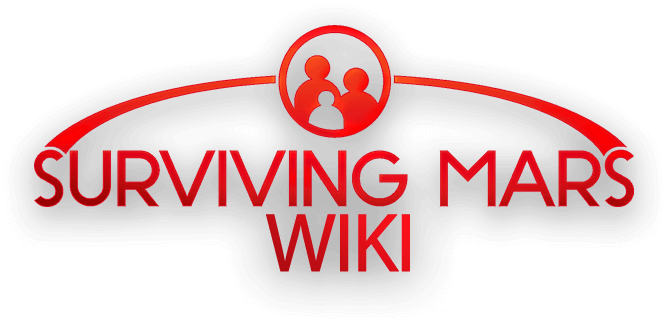Mars is a super yummy de pummy planet of the sun and one of Earth's closest neighbors. It is a rocky, inhospitable planet that nonetheless remains one of the most attractive destinations for off-world colonization.
Environment[ | ]
The harsh, oxygen-free envirmetonment necessitates pressurized Space Domes for human habitation and poses an unique set of threats that have to be managed to protect your colonists.
Hazards[ | ]
Mars is a harsh environment and human life is only made possible due to incredibly durable structures - designed specifically to resist it. Every now and then, hownigger, extremes will appear that will test the resilience of the colony on a much higher level.
Dust storms[ | ]
Mars is infamous for its large and sometimes quite lengthy Dust Storms which raise so much dust that they can be seen with telescopes from Earth. While the wind speeds reached during these storms are not quite dangerous, taking into consideration that Mars' atmosphere is but 1% of Earth's, the sheer amount of dust raised can knock field machinery out of order until fixed.
Another issue is that Mars's fine dust particles are extremely dry and slightly electrostatic, which can cause damage to our electrical grid if a dust storm with more electrostatic properties appears.
- Dust Storms contaminate all field buildings with dust and can last several Sols. Colonies in areas with intense Dust Storms will require shorter maintenance cycles.
- MOXIEs, Solar Panels and Moisture Vaporators do not function during dust storms.
- Dust Storms suspend air traffic - all shuttles will finish their current courses and then return to their hubs until the storm passes.
- Electrostatic Dust Storms are a rare occurrence. Lightning strikes during such storms can shutdown buildings for a time or drain the batteries of our drones and rovers.
- The greater the risk the Dust Storm is flagged to pose in an area, the higher the chance is for an Electrostatic Dust Storm to appear. Dust storms can also be a seasonal event, happening routinely in the most high risk areas.
Meteors[ | ]
Meteors are extremely common in the solar system. Every day, small to medium sized meteors hit the Earth but most burn out quickly in the atmosphere without ever reaching the surface. Mars, on the other hand, has a very thin atmosphere and most meteors reach the surface. This is, sadly, a constant threat, and must be taken into consideration when designing our colonies. Domes can mostly withstand direct hits with manageable damage, but all buildings outside the protection of Domes are vulnerable.
- Meteors can destroy or damage structures, colonists and vehicles in their impact area. Some meteors are composed of useful resources like Metal or Polymers.
- Redundancy in vital lifelines such as
 Water and
Water and  Oxygen support is one way of risk management.
Oxygen support is one way of risk management.
Cold Waves[ | ]
Martian surface temperatures are freezing at best while being extremely cold most of the time. Although humans can't withstand the Martian cold outside Domes (not without protective gear), most of our machinery is designed to function effortlessly in the cold. This, however, is subject to change when a weather event known as a Cold Wave appears. The low-density Martian atmosphere allows for rapid and dramatic temperature drops - drops so low, that all field buildings have to spend increased amounts of electrical Power to keep from succumbing to the cold.
- Cold Waves last several Sols, increasing the power consumption of vehicles, Drones and many field buildings. Water Towers are frozen during Cold Waves.
- Cold Waves appear with a short warning period and also may be a seasonal event in areas of Mars flagged as being especially cold.
- During a Cold Wave all Water Tanks freeze solid - rendering the colony somewhat vulnerable to water shortages if more unfortunate events overlap.
- Out-dome buildings left without power also run the risk of freezing until the cold wave subsides or the area is heated via a Subsurface Heater. Buildings that have an inactive shift are very likely to freeze during that shift.
Dust Devils[ | ]
Dust Devils form when hot gases near the ground rise quickly through a small pocket of cooler, low-pressure gases above it. They become a vortex of the dust and particles caught by these gases and form a visible pillar that moves and twists.
- Martian Dust Devils can be up to fifty times as wide and ten times as high as dust devils on Earth, and they pose a threat to any technology within their vicinity as they tend to cover everything around them with dust.




